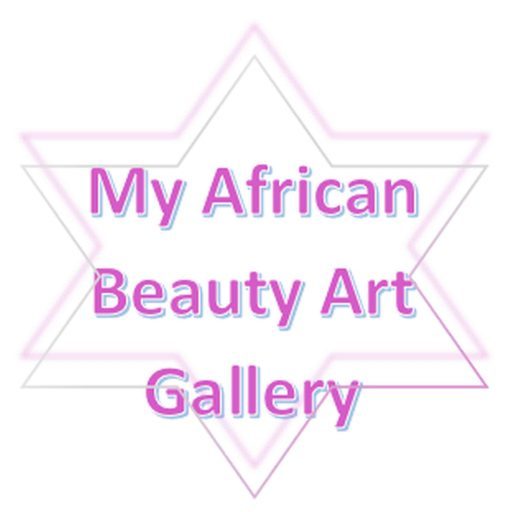INFO
CAPITAL
Yaoundé
POPULATION
25,640,965 (July 2018 est.)
CLIMATE
Tropical to semiarid
CURRENCY
605.3 Cooperation Financiere en Afrique Centrale francs (XAF) = 1 USD (2017 est.)
IMPORTANT CITIES
Douala, Garoua, N’gaoudere, Maroua
AREA
475,440 sq.km.
PEOPLE
NATIONALITY
Cameroonian
MAJOR PEOPLES
Bamileke, Bamum, Babanki, Bali, Bangwa, Cameroon Grasslands, Fang, Fulani , Katana, Kom, Laka, Mambila, Wum
RELIGION
African religion 40{a1a33444ee922ad961904607c501cbe84d9cddb45266103b20616805d66fa906}, Roman Catholic 38.4{a1a33444ee922ad961904607c501cbe84d9cddb45266103b20616805d66fa906}, Protestant 26.3{a1a33444ee922ad961904607c501cbe84d9cddb45266103b20616805d66fa906}, Muslim 20.9{a1a33444ee922ad961904607c501cbe84d9cddb45266103b20616805d66fa906}, other Christian 4.5{a1a33444ee922ad961904607c501cbe84d9cddb45266103b20616805d66fa906},
LITERACY
75{a1a33444ee922ad961904607c501cbe84d9cddb45266103b20616805d66fa906}
PRINCIPAL LANGUAGE
Fulfulde, Ewondo, Bamileke, Bassa, Pidgin English
OFFICIAL LANGUAGE
French, English
POLITICS
HEAD OF STATE
Paul Biya (since 1982)
TYPE OF GOVERNMENT
Presidential Republic
DATE OF INDEPENDENCE
January 1, 1960
MAJOR EXPORTS
Petroleum, Lumber, Coffee, Cocoa, Cotton, Aluminum
PRECOLONIAL HISTORY
Cameroon’s earliest inhabitants, the Baka people, migrated to the region around 8000 BCE, and still inhabit the southern and eastern forests. Bantu-speaking peoples from equatorial Africa dominated the region by 200 BCE. Itinerant Muslim groups settled in the north, most significantly the Fulani, who conquered northern Cameroon in the late 18th century. Portuguese explorer Fernando Po led an expedition to the Wouri River in 1472, initiating centuries of trade between Portugal and the local African chiefs. The British, Dutch, French, and Germans also established coastal trade with Cameroon. In the 19th century, the slave trade was suppressed and Christian missions became a continuous part of Cameroonian life. in 1884, Germany consolidated all of the country’s present-day territory under a protectorate and declared it the colony of Kamerun. France and Britain invaded the German colony in 1914. After World War I, the League of Nations granted the majority of Cameroon to France and a smaller area in the west to Britain, along the Nigerian border. The United Nations converted these mandates to trusteeships in 1946. The French trusteeship ended in December 1958, and the nation became the Republic of Cameroon on January 1, 1960.
POSTCOLONIAL HISTORY
Cameroon was governed as the Federal Republic of Cameroon from 1961 to 1972. The former colonial territories each had their own governments and officials under President Ahmadou Ahidjo, a Fulani. Ahidjo abolished the federal structure and proclaimed the United Republic of Cameroon in 1972. In 1984, a constitutional amendment changed the country’s official name to the Republic of Cameroon. In 1986, over 1,700 people were killed when a deadly gas emerged suddenly from Lake Nyos. In 1990, President Paul Biya approved a multi-party system. He was re-elected three times, and in 2008 the constitution was altered in order to allow him to run for office again. He was re-elected in 2011, and continues to rely on corruption and human rights violations in order to stay in power. Despite a slow movement toward democratic reform, political power remains firmly in the hands of Biya’s oligarchy.
